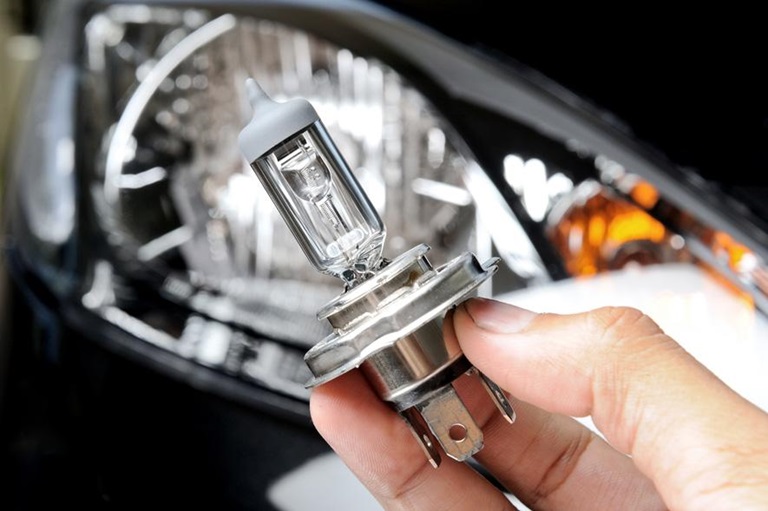Contents
- 1 1. Determine Your Vehicle’s Bulb Type
- 2 2. Understand the Different Types of LED Bulbs
- 3 3. Check for Compatibility
- 4 4. Consider Brightness and Colour Temperature
- 5 5. Evaluate Build Quality and Durability
- 6 6. Assess Energy Efficiency
- 7 7. Consider the Beam Pattern
- 8 8. Read Reviews and Compare Products
- 9 9. Verify Warranty and Support
- 10 10. Install and Test
- 11 Conclusion
LED car bulbs have gained immense popularity due to their energy efficiency, longevity, and superior brightness compared to traditional halogen bulbs. Upgrading to LED bulbs can enhance visibility, improve safety, and give your vehicle a modern look. However, with a plethora of options available, selecting the right LED car bulbs can be a daunting task. This guide outlines the essential steps to help you make an informed decision.
1. Determine Your Vehicle’s Bulb Type

The first step in choosing the right LED car bulbs is to identify the type of bulbs your vehicle uses. Different vehicles have different bulb types for headlights, fog lights, and interior lights. Common types include H1, H4, H7, 9005, and 9006 for headlights. You can find this information in your vehicle’s owner’s manual or by using an online bulb finder tool, such as those provided by Sylvania or Philips.
2. Understand the Different Types of LED Bulbs
LED bulbs come in various designs, each suitable for different applications:
- Single Beam: These bulbs have one light-emitting diode (LED) per bulb and are typically used for either high beam or low beam headlights.
- Dual Beam: These bulbs have two LEDs per bulb and can be used for both high and low beams in a single unit.
- Fog Light Bulbs: Designed specifically for fog lights, these bulbs provide wide and low beam patterns to cut through fog, rain, and snow.
Knowing the specific application for which you need the LED bulbs will help you narrow down your choices.
3. Check for Compatibility
Compatibility is crucial when selecting LED bulbs. Ensure that the LED bulbs you choose are compatible with your vehicle’s electrical system and headlight housing. Some vehicles have intricate headlight designs that may not accommodate larger LED bulbs. Additionally, LED bulbs may require special adapters or resistors to prevent flickering or error messages on the dashboard. Check the product specifications and reviews to ensure compatibility with your vehicle model.
4. Consider Brightness and Colour Temperature
Brightness and colour temperature are key factors in selecting LED car bulbs:
- Brightness: Measured in lumens, brightness indicates the amount of light produced by the bulb. Headlight bulbs typically range from 6,000 to 12,000 lumens. Ensure that the brightness level you choose provides adequate visibility without blinding other drivers.
- Colour Temperature: Measured in Kelvin (K), colour temperature determines the colour of the light emitted. LED bulbs usually range from 3,000K to 6,500K. A lower Kelvin rating (around 3,000K) produces a warm yellow light, while a higher rating (around 6,000K) produces a cool white or bluish light. Cool white light is preferred for headlights as it closely resembles daylight and enhances visibility.
5. Evaluate Build Quality and Durability
The build quality and durability of LED bulbs are critical for long-term performance. Look for bulbs made from high-quality materials, such as aviation-grade aluminium, which provides excellent heat dissipation. A robust cooling system, including a built-in fan or heat sink, ensures that the bulbs operate efficiently without overheating. Brands like Auxbeam and OPT7 are known for their durable and reliable LED bulbs.
6. Assess Energy Efficiency
One of the primary benefits of LED bulbs is their energy efficiency. LED bulbs consume less power compared to halogen bulbs, reducing the strain on your vehicle’s electrical system. Check the wattage rating of the LED bulbs to ensure they are energy-efficient. Lower wattage ratings indicate higher efficiency. LEDs use at least 75% less energy and last 25 times longer than incandescent lighting.
7. Consider the Beam Pattern

The beam pattern of the LED bulbs is crucial for proper illumination. A well-designed beam pattern ensures that the light is directed where it is needed most, improving visibility and safety. Look for bulbs that offer a focused beam pattern with minimal scatter and glare. Products with adjustable beam patterns allow you to customize the light output to suit your driving needs.
8. Read Reviews and Compare Products
Before making a purchase, read customer reviews and compare different products. Reviews provide insights into the real-world performance, reliability, and longevity of the bulbs. Websites like AutoZone, Amazon and Carid offer detailed reviews and ratings from other car enthusiasts. Comparing products based on features, price, and customer feedback will help you make an informed decision.
9. Verify Warranty and Support
A good warranty indicates the manufacturer’s confidence in their product. Look for LED bulbs that come with a warranty of at least one year. Additionally, ensure that the manufacturer offers reliable customer support in case you encounter any issues. Reputable brands like Philips, MICHIBA and Panel House provide excellent warranties and customer service.
10. Install and Test
After purchasing the LED bulbs, install them according to the manufacturer’s instructions. Test the bulbs to ensure they are working correctly and that the beam pattern is properly aligned. Make any necessary adjustments to avoid blinding other drivers and ensure optimal performance.
Conclusion
Choosing the right LED car bulbs involves understanding your vehicle’s requirements, considering the brightness and colour temperature, evaluating build quality, and reading customer reviews. By following these steps, you can enhance your vehicle’s lighting performance, improve safety, and achieve a modern, stylish look. Whether you are upgrading for better visibility or aesthetic reasons, the right LED bulbs can make a significant difference in your driving experience.

